Artificial Intelligence is advancing faster than before, and everyone is waiting to see what comes next. OpenAI is developing GPT-5 which follows GPT-4 and many think it could mean a significant advancement.
Because the new model is meant to be smarter and better able to do things than the previous one, many people are asking about its abilities and how it will impact us.
In this article, we will describe what GPT-5 is capable of doing. We will discuss what it can do differently, what issues it hopes to solve compared to previous models, and how it compares to GPT-4. We hope to present things in a way you can understand without being confused by complicated technical terms.
After reading this, you will understand the possible impact of GPT-5 on technology, businesses, and regular life. We will give you insights on how to evaluate GPT-5 when it is released, so you stay informed and don’t fall for hype.
This article will keep you informed and prepared, whether you are a developer, a business leader, or just interested in AI.
After reading this, you will understand the possible impact of GPT-5 on technology, businesses, and regular life. We will give you insights on how to evaluate GPT-5 when it is released, so you stay informed and don’t fall for hype. This article will keep you informed and prepared, whether you are a developer, a business leader, or just interested in AI.
What is GPT-5?
OpenAI is now developing GPT-5 which will be the next important language model they offer. It comes after GPT-4 which was already quite capable of handling and producing text like the language people use. The goal for GPT-5 is to make AI better at conversation, reasoning and solving problems. Because of this, it could handle tough questions and deliver reliable and useful answers.
The new model is also part of a trend in artificial intelligence known as large language models (LLMs). By reviewing a massive amount of written information, they are able to produce proper and relevant replies. GPT-5 aims to improve language processing for machines and make their interactions with people more intelligent. It can also support other types of information, increasing its flexibility.
GPT-5 is set to take an important role in shaping the future of AI. It could improve the way we work, make our art better and support clearer communication using more reliable AI. The team at OpenAI hopes GPT-5 will further develop on GPT-4’s results and offer new opportunities to many industries as it progresses. The field of AI is growing, focused on helping people create and solve problems more effectively.
Expected Key Features & Capabilities: Addressing AI’s Biggest Problems
Logical Thinking and Problem-Solving Improvements
One of the main enhancements GPT-5 will offer is sharper reasoning and problem-solving. In the past, some models weren’t always accurate or reliable with their results. GPT-5 wants to address this by analyzing difficult questions in detail and organizing ideas logically.
Multimodal Capabilities: Beyond Text
Experts are looking forward to GPT-5 being able to understand images, sounds and possibly videos, too. That makes it possible for the program to explore a picture or follow along with audio content. Processing different kinds of information will allow GPT-5 to adapt and serve people in various ways.
Larger Context Window for Longer Conversations
GPT-5 will probably be able to recall and handle very long conversations or documents all at once. It is referred to as expanding your “context window.” Therefore, GPT-5 can remember past details in a conversation or text which makes its answers more relevant and easy to follow.
Better Factual Accuracy and Reduced Hallucinations
Sometimes AI gives incorrect information, which is known as a “hallucination.” Avoiding this problem is expected to be much easier for GPT-5 compared to earlier versions. It will introduce new systems to deliver truthful information, but users must still check important details.
Customization and Fine-Tuning for Specific Tasks
It could offer both businesses and developers extra tools to customize GPT-5 for their use. In other words, the model can be improved to fit certain industries or jobs, making it useful for many people.
Speed, Efficiency, and Developer Tools
People claim that GPT-5 will be both faster and more efficient. It might also involve making the model available for developers to use and construct new software. These new features will help make GPT-5 both strong and easily available.
GPT-5 (Expected) vs. GPT-4 (Confirmed) — Side-by-Side Comparison
To understand what GPT-5 might bring, it helps to compare it with GPT-4, the current widely used model. Below is a clear comparison highlighting confirmed features of GPT-4 and expected improvements in GPT-5.
Reasoning Ability
Handling tough questions is easier for GPT-4 than for previous models. Using GPT-5 is predicted to help students by boosting reasoning, reducing errors, and making their responses more accurate.
Multimodal Capabilities
Although GPT-4 can read and temporarily use images, GPT-5 is believed to manage input such as audio and video files more efficiently and thus be adaptable to different uses.
Context Window Size
Since the input is limited to 32,000 tokens, GPT-4 is able to consider much more data. GPT-5 will try to use more than 100,000 tokens, helping it remember longer conversations or lengthy documents.
Factual Accuracy
Sometimes, GPT-4 delivers information that is wrong or could be misleading (“hallucinations”). GPT-5 might be better at avoiding these mistakes, but it’s still important to check the main facts before relying on its results.
Customization Options
You can fine-tune GPT-4 to a certain extend. GPT-5 should provide developers with tools to fine-tune it in ways that suit various domains or timely requirements better.
Speed and Efficiency
GPT-4’s capabilities depend on what tasks it performs and how much load there is. According to the rumors, GPT-5 allows users to get their desired outcomes quickly and cut back on costs.
Accessibility and Availability
Users can test GPT-4 using the API or through ChatGPT Plus. GPT-5 is anticipated to have open access and may include additional tiers or platforms to connect with more users.
Potential Applications & Use Cases
When GPT-5 comes out, it could shape many productive uses. Here are a few places where it can really help make a difference:
Advanced Code Generation and Debugging
Writing and fixing code is made easier for developers using AI. With GPT-5, computers would have more ability to recognize tough programming issues and suggest suitable solutions. It could improve time management and ensure fewer errors. It can also help explain code in a language anyone can understand and works well for collaboration.
Sophisticated AI Agents
Thanks to better reasoning, GPT-5 might drive smarter AI assistants. Such agents can complete tough tasks, pick more suitable choices, and have a better conversation with the user. With this change, virtual assistants could become more helpful for us each day, meeting our personal requirements.
Enhanced Content Creation
With GPT-5, producing marketing text, reports, or imaginative stories would be simpler and more accurate for writers. Better language use would make learning from it interesting and straightforward. Thanks to this, content creators can work more efficiently and make their messages more powerful.
Data Analysis and Summarization
Working with lots of data or hours of reading can be really tough. A larger context window in GPT-5 may let it understand and summarize information better, supporting both businesses and researchers. This would make it possible to learn faster and decide better when analyzing complicated data.
Automated Customer Service
If GPT-5 knows the context and facts better, it could handle more complex customer issues, leaving users happier. They can handle issues quicker and assist customers personally at any time of day.
Personalized Learning Tools
GPT-5 might assist education by giving custom lessons, descriptions, or tools that fit each person’s learning level. As a result, students of all ages can learn more effectively and reach their education aims.
Medical and Scientific Assistance
While the technology is still in early development, GPT-5 may be useful for processing medical papers or research to guide better choices by professionals. It might make research faster by giving small summaries of studies and coming up with new things to test.
Creative Industries
Thanks to its multimodal abilities,GPT-55 could create scripts, music or art that use text, images and sound at the same time. Artists and creators may work together with GPT-5 to discover new ideas.
Anticipating the ‘Review’: What to Look For Once GPT-5 is Released
It’s important to monitor and evaluate GPT-5 upon release to determine its level of performance. It is important to review these areas in order to achieve good results. If you carefully consider GPT-5, you’ll know if it fits what you require.
Actual Performance Benchmarks
Try to find testing methods that compare GPT-5 to older GPT models and what is used in different industries. They should show how it includes reasoning, language, and data from various sources. See how GPT-5 performs on trusted AI testing platforms to determine whether it really improves the current state of AI.
Complex Reasoning and Problem Solving
Tests should include how GPT-5 performs on difficult or abstract questions. Is it more accurate than previous ones? Can it stay logical and easy-to-follow in its explanations, especially through longer talks or writings? These capabilities will decide the usefulness of GPT-5 in anything that needs precise thought and accuracy.
Multimodal Integration Quality
Test if GPT-5 is able to work with many types of data simultaneously, including text, images, and sound. A strong ability to work in many ways increases its usefulness in everyday situations. You can look at how this feature works by trying to describe pictures or summarize what is shown in a video.
Factual Accuracy and Hallucination Rate
Notice when GPT-5 gives out wrong or misleading details. If accuracy is getting better, that will show real improvement. Even small reductions in hallucinations can greatly increase trust in AI outputs, especially for critical applications.
Latency and Cost Efficiency
Keep an eye on how quickly you get responses and the amount of resources needed. Improved models help reduce costs and make using them better for users. Reducing delay time is vital in chatbots and virtual assistants, as these applications function in real time.
Ease of Integration
Take note that GPT-5 can be effortlessly integrated into current software. Stable products, easy access to their APIs, and good documentation are important. Integration that flows well makes development move faster and makes it simpler for industries to adapt.
Data and Fine-Tuning Requirements
Find out what form of data and investment is important when customizing GPT-5 for specific situations or industries. As a result, it becomes less practical to use. Lighter models or those that are easier to fine-tune are usually within reach for smaller companies or developers.
Release Date, Availability & Access
The official release date for GPT-5 has yet to be shared by anyone. Yet, numerous people are hopeful it will be available in the coming months, perhaps by the end of this year. Before launch, OpenAI usually posts announcements, so making sure you have access to official channels and the media will help you stay updated.
GPT-5 is likely to be made available through APIs, using a similar approach to all previous models. That allows software developers and businesses to make use of GPT-5 as well. It could also appear on ChatGPT and similar sites, enabling its use by millions of users worldwide rather than only developers.
At this time, it’s not clear how much GPT-5 will cost which may shape its rate of adoption. Subscriber needs and financial situations can be met with a choice of different subscription plans. The impact of GPT-5 will greatly depend on its pricing and how easy it is to use.
Safety, Ethics & Concerns
The progress of GPT-5 leads to concerns about how safe and ethical it will be. A significant worry is that AI will be misused to generate false statements, create deepfakes, or make malicious programs. So, developers and users should take good care in setting up and observing AI systems to prevent any unintended harm.
People are concerned about the impact of advanced AI on work and the creative industries. Automation may change certain job tasks, yet it may also produce new ways for people to work. These new technologies will require society and policymakers to design solutions that are fair and supportive of those being affected by change.
Bias is a main problem that affects AI systems. Since GPT-5 is trained on data that includes biases, its responses may reflect those problems. OpenAI takes steps to prevent bias and maintain safety, but more research, openness, and community reactions will help deal with these challenges.
Besides issues connected to technology, ethical issues also arise in the use and management of AI. Putting safety guidelines in place, ensuring AI is ope,n and seeing that everyone gains from AI are important parts of responsible deployment. Making AI trustworthy requires people to discuss it openly, use strict safety measures and have researchers, companies, and governments join forces.
Conclusion: The Future Impact of GPT-5
It is thought that GPT-5 will make AI much better at understanding and interacting with things in the world. Its improved reasoning, ability to use several senses, and better memory might introduce new ideas in technology, business, and daily life. This next part could help AI tools become more valuable and effective than they are now. Because of these advancements, experts as well as regular users will see smarter and more dependable support from AI.
GPT-5 is designed to improve performance, process complex tasks and use not only text data, but also images and audio. Because of these improvements, AI may become an even stronger ally in software development, education, healthcare and creative arts. As more AI is used daily, GPT-5 might impact how we deal with challenges, make documents and reports and pick up new skills.
As AI continues to evolve, it’s important for everyone to stay informed and engaged. If people understand what GPT-5 can and cannot do, they can more wisely and securely use its features. Embracing AI positively will determine how useful its future is for us. Participating and being informed will guide AI’s progress to be helpful for everyone.

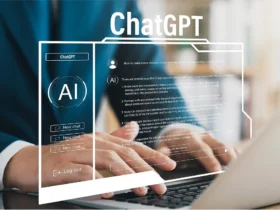



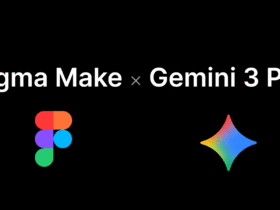

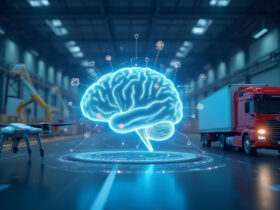

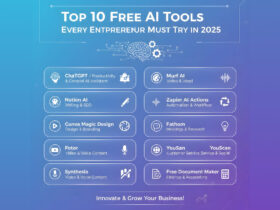






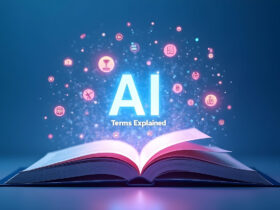
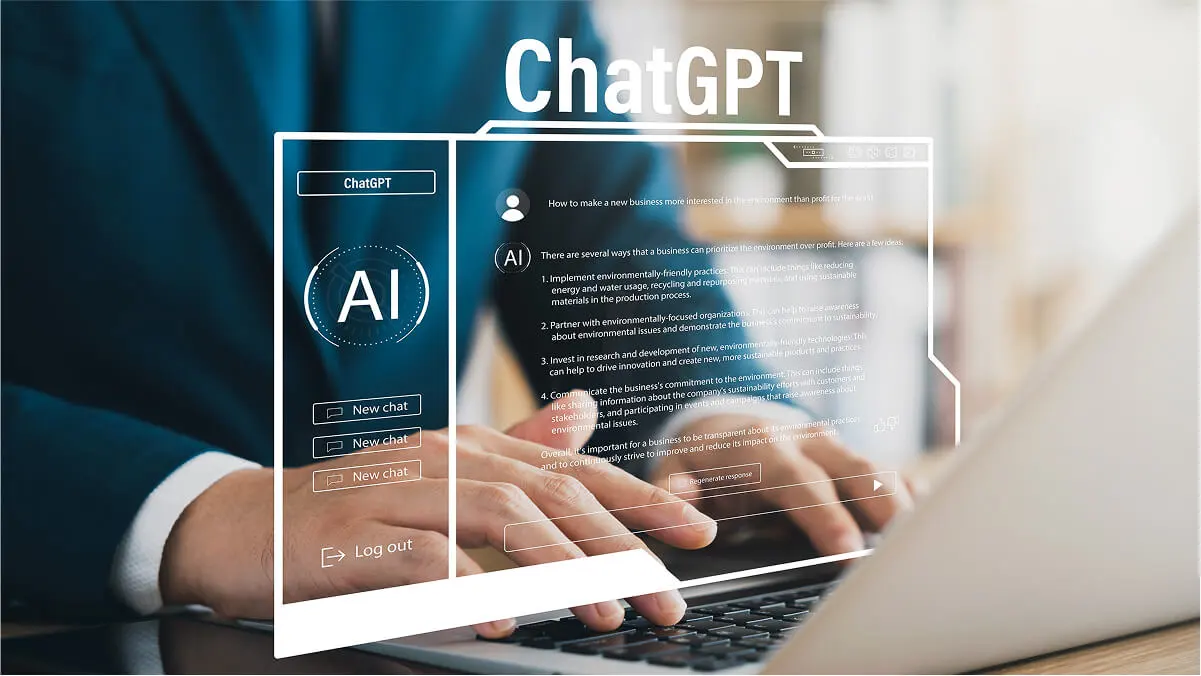
Leave a Reply